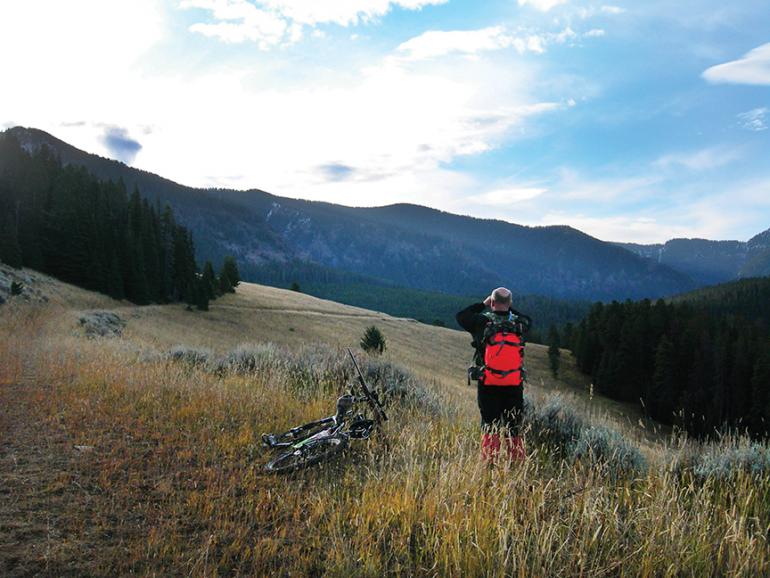Mystic Lake "Shootout"
How Bozeman Creek was liberated.
The year is 1973 and elk season is one hour away. Gallatin National Forest district ranger Ross MacPherson is lying belly-down in the meadow above Mystic Lake with his son and four other rangers. As the party waits, shots ring out from the nearby woods.
Across the meadow, an elk herd prances nervously in confused circles as shots flash from several locations. Suddenly, the herd changes direction and makes for the non-offending party. As bullets whiz by, everyone hits the dirt. MacPherson counts 23 shots fired. When the shots subside, he rises and walks over to what he assumes is a downed elk; it’s a juniper bush. In the poor light, he glasses the meadow. The “hunters” haven’t hit a thing.
Later that morning, MacPherson finds two of the offending hunters and sternly gives them his thoughts. Come Monday morning, the game warden is notified and one of the offending hunters is fined. MacPherson and the rest of his hunting party have a few more days of leave, so they stay up Mystic and the next morning exchange plans for the day. MacPherson says he’s headed back up to “Shootout Park” with his son, and the name sticks.
These days, the Mystic drainage is open to non-motorized recreation and maintains healthy wildlife populations while providing approximately 40% of Bozeman’s water supply—but it wasn’t always this way. Closed to the public by a Bozeman City decree in 1917, the municipality’s high-mountain water system was isolated from most human activity for over 50 years. Beginning in the mid-1960s, however, Gallatin National Forest officials, led by MacPherson, negotiated with city officials to reopen the area to the public. In 1969, MacPherson, armed with current data from a Montana State University Joint Water Resources Research Center study, proposed that the city reconsider allowing public access on a trial basis. The study’s findings suggested that the density of wildlife, primarily elk, in the closed watershed was a contributing factor to high bacterial readings in the water. During the ensuing public-education campaign to earn popular votes, MacPherson “ate a lot of chicken and mashed-potato luncheons at every civil and social organization for miles around.” In 1973, the USFS and the city of Bozeman reached a permanent agreement to open the drainage for public access while “maintaining and protecting the quality of water from GNF and City Lands… for the people of Bozeman, Montana.”
Now retired, district ranger MacPherson recalls the day Mystic Drainage was opened to the public. “It was one of the happiest days of my life. I’m not sure if it’s possible to truly love land, but if it is, I love Bozeman Creek.” Thanks to his efforts, thousands of Bozemanites feel the same way.









